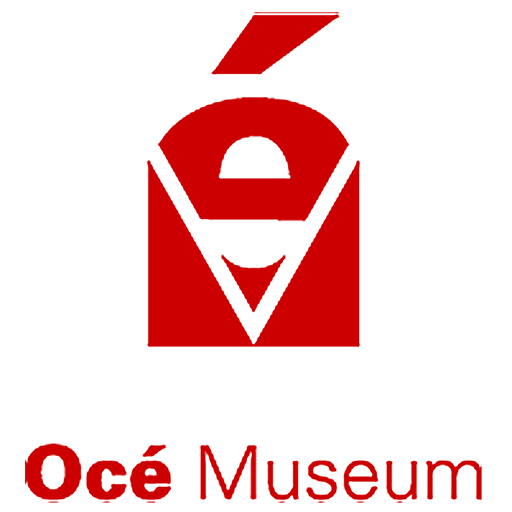Market in wartime
Shortly before the outbreak of war, the Van der Grinten brothers took steps to ensure the company could continue operating as much as possible, so that they could continue to supply their customers. Louis van der Grinten settled in Wassenaar, near The Hague, as far away from the German border as possible.
The Vesting Holland was a chain of defense lines around the cities of Amsterdam, Utrecht, The Hague and Rotterdam. From there, the company would continue, under the leadership of Louis van der Grinten, to supply the Dutch customers.
War years
During the war years, both the Chemische Fabriek L. van der Grinten and the Nederlandsche Boterkleursel Fabriek continued to operate in Venlo, but sales plummeted. Twenty-five employees were laid off at the start of the war. It is striking that almost all of them received a doctor’s note. Karel probably hoped that this would help them to avoid having to work in Germany. The unstoppable growth of the diazotypography in the pre-war years was over. The part of the world that was not occupied by the Germans was unreachable for people from Venlo. At the end of the war, revenues were a mere 40 percent of their 1939 level. In the final months of the war everything stopped.
1950s
In the early 1950s, everything was back on track. The international network gradually restored. The memories of the traumatic war years faded with the recovery of
the profits and financial position of the company. Diazo still provided the basis of the company and the butter coloring business remained lucrative.
Policy and coincidence of Océ after 1956
The period of reconstruction after the Second War was followed by a period of major changes at Océ. The situation in Europe has had a major impact on Océ’s growth.
Sometimes that situation led to a conscious policy, in other cases to a reaction to new developments.
Around 1965, the entire Océ product range was based on diazo technology. All Océ products were developed in our own laboratories. The diazo technology was mainly used in drawing rooms where technical drawings had to be copied. These were almost always drawings of a wide format, such as construction, architectural or design drawings.
The drawing room market was of relatively modest size. In the meantime, Océ had such a large share of this market that it was unlikely that it would be possible to repeat or continue the spectacular post-war growth. Nevertheless, the company wanted to grow.
New markets and new technologies were needed. The most obvious market was that of copying in the office, a market where Océ barely had a position and where very rapid developments were taking place at that time. In addition to smaller companies, there were also some very large ones on that market with which Océ had to compete. Océ was used to that, because in the drawing room the company had managed to maintain its position among the much larger competitors.
Océ would also be able to secure a position among the big players in the new markets. This performance is not only attributable to the acquisition of sales channels, but also to the large research and development capacity that Océ had and still has. Today, Océ’s R&D is in fifth place on the list of the largest research centers in the Netherlands. Océ was the only company in Europe that develops, produces and markets its own printers and copiers.
